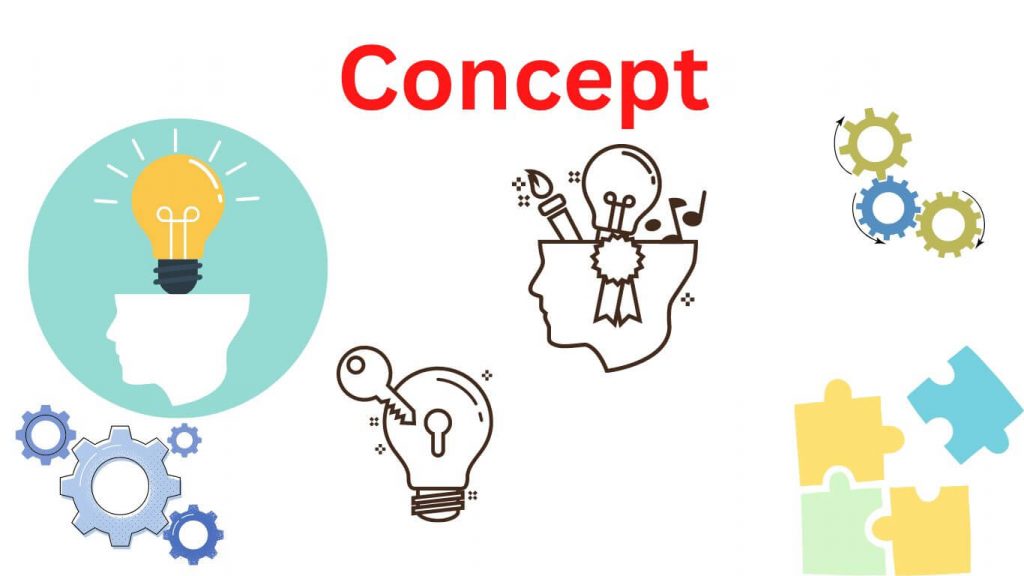In the world of education, how a student learns is often more important than what they learn. Many students can memorize facts and formulas for exams, but when asked to apply their knowledge in real-life situations, they struggle. This is where conceptual learning becomes crucial. Unlike rote memorization, conceptual understanding helps students grasp the why behind every concept, building a strong foundation for lifelong learning.
At Nool and Numbers, we believe that true learning happens when students understand ideas deeply, not just repeat information. In this blog, we’ll explore why conceptual learning over rote learning is essential, how it benefits students in the long run, and how parents and teachers can nurture it effectively.
What Is Conceptual Learning?
Conceptual learning focuses on understanding the underlying principles behind a topic rather than just memorizing facts. For example, instead of memorizing that 7 × 8 = 56, a student learns what multiplication means — repeated addition — and how it applies in different situations.
This method helps children make connections between ideas, see patterns, and apply concepts to new problems. It promotes critical thinking and problem-solving skills — abilities that go far beyond the classroom.
What Is Rote Learning?
Rote learning, on the other hand, is the process of memorizing information through repetition without necessarily understanding it. It may help students recall facts temporarily for tests, but it rarely leads to deep comprehension.
For example, a child might memorize that the area of a rectangle is length × breadth but fail to understand why the formula works or how it applies to real-world measurements.
While rote learning can be useful in certain situations — like learning multiplication tables or spelling words — relying solely on it limits creativity and understanding.
Why Conceptual Learning Is More Effective
Here are the key reasons why conceptual learning stands out as the superior approach to education, especially for developing numeracy skills for children and early math skills.
1. Builds a Strong Foundation for Future Learning
When students understand basic ideas thoroughly, they can easily build upon them as they progress to advanced topics.
For instance, a child who truly understands fractions will later grasp percentages and ratios without confusion.
Conceptual understanding creates long-term retention. Students remember ideas because they make sense — not just because they repeated them.
2. Encourages Critical Thinking and Problem-Solving
In a world that values innovation, the ability to think critically is essential.
Conceptual learning teaches students to ask questions like:
- Why does this happen?
- What if I change one part of this problem?
- Can I solve it another way?
This encourages independent thinking and adaptability — crucial for success in modern education and beyond.
3. Promotes Real-World Application
Math learning for kids becomes meaningful when they see how concepts apply in everyday life.
For example, when learning addition or subtraction, showing how it relates to sharing toys or counting fruits makes the concept more relatable.
Conceptual learning helps students connect classroom knowledge to real-world experiences, which improves engagement and long-term understanding.
4. Improves Long-Term Memory Retention
Facts memorized through rote learning often fade quickly after exams. But when students understand why something works, they remember it longer.
This is because conceptual learning involves active thinking and mental connections, strengthening memory retention naturally.
5. Fosters a Growth Mindset
Students trained through rote learning often fear making mistakes because they see learning as black-and-white — right or wrong.
Conceptual learners, however, view mistakes as opportunities to understand concepts better.
This mindset builds confidence and curiosity, turning learning into an exciting journey rather than a stressful task.
Rote Learning vs. Conceptual Learning: A Comparison
| Aspect | Rote Learning | Conceptual Learning |
| Focus | Memorization of facts | Understanding concepts and ideas |
| Retention | Short-term | Long-term |
| Application | Limited to identical problems | Flexible, adaptable thinking |
| Engagement | Passive | Active and explorative |
| Creativity | Restricted | Encouraged |
| Example | Memorizing multiplication tables | Understanding what multiplication means |
As seen above, while rote memorization may produce quick results for tests, conceptual learning equips students with skills that last a lifetime.
Examples of Conceptual Learning in Action
Let’s look at a few simple ways to apply conceptual learning in everyday study routines.
Example 1: Understanding Fractions
Instead of memorizing “1/2 is half,” let children cut an apple or a paper circle in half.
This concrete experience helps them see what half means — creating a stronger mental link.
Example 2: Understanding Area
Rather than memorizing Area = length × width, ask children to measure and cover a table with square paper tiles.
They’ll discover that the area represents how many squares fit into a shape — not just a formula.
Example 3: Learning Patterns
Encourage children to find patterns in nature — flower petals, colors, or even sounds.
This helps them develop early math reasoning and pattern recognition, essential early learners math activities.
How Teachers Can Encourage Conceptual Learning
1. Use Hands-On Activities
Use blocks, charts, or real-life objects to represent abstract ideas.
For example, using colored beads to teach place value helps children visualize how numbers grow.
2. Encourage Discussion and Questions
Ask “why” and “how” questions to deepen understanding. Let children explain their reasoning — even if it’s wrong — to discover their thought process.
3. Focus on Real-World Examples
Connect classroom lessons to familiar contexts — money, shopping, cooking, or measuring.
These experiences make abstract ideas more tangible.
4. Assess Understanding, Not Memorization
Instead of asking for definitions, ask students to explain a concept in their own words or apply it to a new situation.
5. Encourage Visual Learning
Charts, diagrams, and story-based problems make learning multi-dimensional and more memorable.
How Parents Can Support Conceptual Learning at Home
Parents play a crucial role in nurturing conceptual understanding. Here’s how you can help:
1. Ask Open-Ended Questions
Instead of “What’s the answer?”, ask “How did you get that answer?” This promotes reasoning and communication.
2. Make Learning Interactive
Play math-based games, puzzles, or board games that encourage strategy and thinking rather than memorization.
3. Relate Math to Daily Life
Encourage children to count ingredients while cooking, compare prices while shopping, or measure items while crafting.
These everyday experiences make learning relevant and enjoyable.
4. Praise Effort and Curiosity
Reward persistence and problem-solving rather than just correct answers.
This builds resilience and a love for learning.
Benefits of Conceptual Learning in the Long Run
- Better Academic Performance — Students who understand concepts perform better across subjects because they know why things work.
- Increased Curiosity — Conceptual learners ask questions, explore ideas, and develop creativity.
- Deeper Understanding — They can explain, apply, and teach concepts to others easily.
- Adaptability — Conceptual learners adjust quickly to new situations and subjects.
- Confidence in Learning — When children truly understand, they feel capable and motivated to keep learning.
When Rote Learning Still Has a Place
It’s important to note that rote learning isn’t entirely bad. Memorization plays a role in building fluency — for instance, learning multiplication tables or vocabulary words.
However, rote learning should support understanding, not replace it.
The ideal approach is a balanced mix, where memorization reinforces concepts that students already understand deeply.
Conclusion:
Education should not be about how many facts a child can memorize, but how well they can think, question, and apply their knowledge.
At Nool and Numbers, we focus on cultivating conceptual understanding in every learner — helping them develop confidence, curiosity, and a lifelong love for learning.
By choosing conceptual learning over rote learning, parents and teachers are not just preparing children for exams — they’re preparing them for life.


Leave a Reply